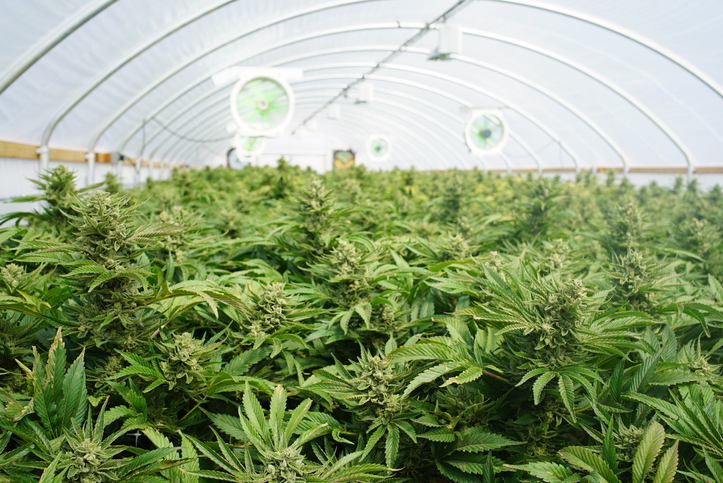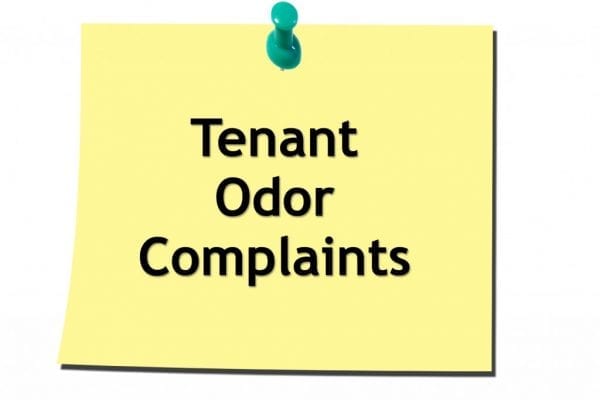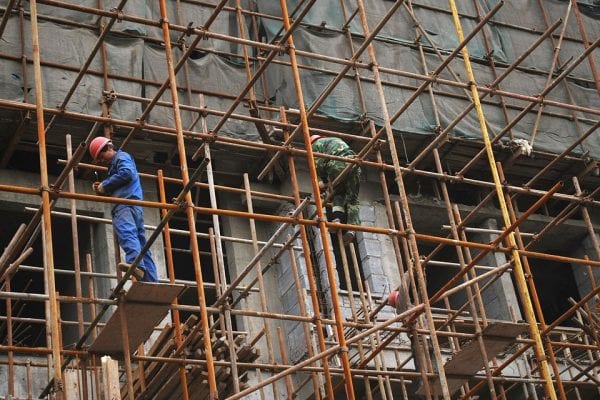Medical marijuana has been in the news for a long time, for many different reasons. On the one hand, proponents of legalization tout the many benefits for people sick with everything from cancer to rheumatoid arthritis.
On the other hand, opponents of its legalization cite concerns about its use as a gateway drug, as well as lack of regulations and testing to ensure its safety.
Now, new health risk has been identified, and lawmakers in each of the 30+ states with legalized medical marijuana are scrambling to establish requirements and testing to reduce its impact on the public.
The health risk is mold that sometimes grows on the plant prior to harvest, which can endanger the health of those who consume it and anyone exposed to its second-hand smoke.
How Mold Gets Into Medical Marijuana
Marijuana is an agricultural product. Because it cannot be produced in a vacuum nor in a completely sterile environment, it is naturally exposed to any contaminants that may exist in the indoor or outdoor space where it grows.
Molds are a group of pervasive fungus species that exist in almost every non-sterile environment. They encompass hundreds of thousands of species, all of which produce a toxin called mycotoxins, which may be more or less dangerous depending on the species.
Mycotoxins sometimes contaminate marijuana plants, which are then harvested and processed. During processing, the mycotoxins may become further concentrated in the end product, whether it’s an oil or other smoking product.
Consumers then inhale the mycotoxins along with the medical components of the marijuana, often leading to illnesses as bad or worse than those they’re treating.
The Effects of Mold on Health
Exposure to mycotoxins can cause a range of health problems, from mild to deadly.
As an environmental engineering company, we’ve worked to help our clients prevent and remediate the impact of mold on indoor air quality (IAQ) for the past 30 years. We’re proud of the work we’ve done, and the positive impact it has on the people who inhabit our clients’ buildings.
Our work helps alleviate the dangers associated with mold, which include mild symptoms such as:
- Coughing
- Wheezing
- Stuffiness
- Irritation
And more severe outcomes which can include:
- Respiratory damage
- Chronic respiratory illness
- Systemic chronic illness
- Death
Now, medical marijuana users who are already ill may be directly inhaling a product that could be causing as much or more damage than mold in the indoor environment. We’re eager to see employers, producers, and regulatory agencies step up to address this new health threat.
What Regulatory Agencies Are Doing About Mold in Marijuana
Any new medical advance, whether it’s a plant or a pharmaceutical, presents both opportunities and threats to the public. In response to this new threat, Colorado has announced new testing requirements for producers of medical marijuana.
The requirements include testing for batches of concentrate produced from marijuana plant material that has already failed microbial testing.
Other states, including Florida, are working to introduce similar regulations to protect the public.
In the meantime, we’re working with our clients, including a medical marijuana production facility here in Florida, to establish procedures and environments to reduce these risks. We also advise consumer caution when consuming cannabis products that have not been tested and certified for mycotoxin contamination.






